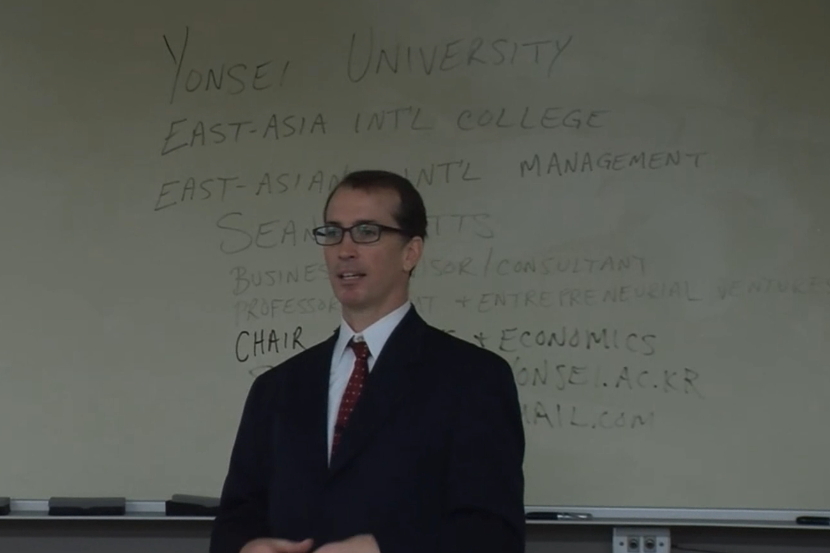This paper explores factors associated with multiple concurrent care and education arrangements in early childhood in South Korea. It draws on a subsample from the Korean Longitudinal Survey of Women and Families. Results show that about one-fifth of ...
http://chineseinput.net/에서 pinyin(병음)방식으로 중국어를 변환할 수 있습니다.
변환된 중국어를 복사하여 사용하시면 됩니다.
- 中文 을 입력하시려면 zhongwen을 입력하시고 space를누르시면됩니다.
- 北京 을 입력하시려면 beijing을 입력하시고 space를 누르시면 됩니다.
Factors Associated with Use and Types of Multiple Concurrent Care and Education Arrangements in Early Childhood in South Korea = Factors Associated with Use and Types of Multiple Concurrent Care and Education Arrangements in Early Childhood in South Korea
한글로보기https://www.riss.kr/link?id=A100266716
- 저자
- 발행기관
- 학술지명
- 권호사항
-
발행연도
2014
-
작성언어
-
- 주제어
-
KDC
500
-
등재정보
구)KCI등재(통합)
-
자료형태
학술저널
- 발행기관 URL
-
수록면
81-92(12쪽)
- 제공처
-
0
상세조회 -
0
다운로드
부가정보
다국어 초록 (Multilingual Abstract)
This paper explores factors associated with multiple concurrent care and education arrangements in early childhood in South Korea. It draws on a subsample from the Korean Longitudinal Survey of Women and Families. Results show that about one-fifth of the families utilized multiple arrangements for their first preschool child. The primary non-parental option in multiplicity was nurseries or kindergartens. Home care and education options such as home study materials were found to be most prevalent secondary non-parental option, followed by services at private institution as well as relative care. Children`s age, care cost, non-parental care time and time constraints were found to be positively related to the incidence of multiplicity for the first preschool child while family income and cost constraints were negatively associated. As a secondary option in the multiplicity, services at private institutions increased with children`s age, care cost and when the grandparents live far from the parents` house. Home care and education utilization was found more among mothers with low degree of time constraints. Utilization of relative support decreased with the children`s age and meant lower care cost and increased with mother`s employment, fathers` education, family income, cost constraints and when grandparents live nearby. This paper, based on the associated factors, suggests how issues of children enrichment and constraints might be related to the multiplicity.
동일학술지(권/호) 다른 논문
-
- 대한가정학회
- ( So Yun Kim )
- 2014
- 구)KCI등재(통합)
-
Gain From Consumer`s Information Searching and Price Dispersion
- 대한가정학회
- ( Jong Hee Lee )
- 2014
- 구)KCI등재(통합)
-
Intergenerational Transfers Between Parents and Th eir Multiple Adult Children in South Korea
- 대한가정학회
- ( Sae Eun Choi )
- 2014
- 구)KCI등재(통합)
-
- 대한가정학회
- ( Hyun Jeong Lee )
- 2014
- 구)KCI등재(통합)





 KISS
KISS






